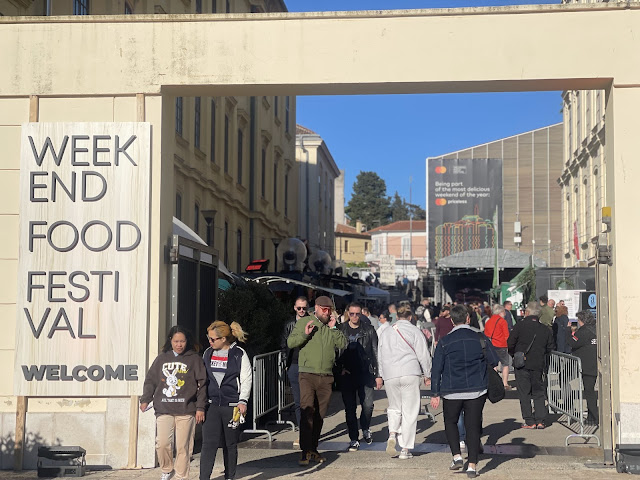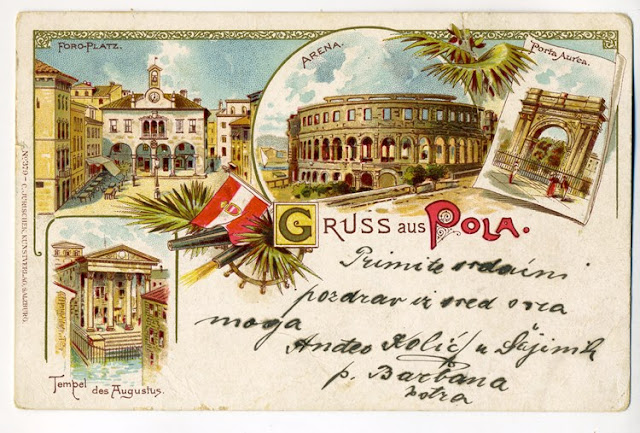ISTRIA THROUGH FOREIGN EYES
AUTHOR: Trang Le
When I first arrived in Pula, I felt the cultural, and historical environment which is dated 3000 years old. This city is one of the few cities in the world which features remains of many ancient Roman buildings. When we talk about Pula, we can directly think about the Amphitheater (Arena), which was built in the 1st century BC and is integrating into modern life. Walking around Pula, every corner is a reminder of past times, especially the Roman era.
Any person in the main city square who passes by the building in the center will pay attention to the Temple of Augustus in the main city square, which is a completely preserved sacral monument. The temple was dedicated to Roma and Emperor Augustus and was most probably built in the 1st decade of the 1st century AD. During the Middle Ages, the temple had a secular purpose. It was used for grain storage, and supposedly it was also the home of the Christian church for a short time. On the wall of the temple, from the inside and the outside, there are many visible damages, which were caused by putting in new windows, reordering the building into three floors, and fire which on several occasions ruined the roof construction. During World War II, the temple was directly hit by an airplane bomb, which dispersed among the pillars, and almost ruined it to the ground. Italian archaeologists rebuilt and reconstructed it during the two-year military rule of the city (1945-1947).
Our Erasmus student group came to Pula Castle “Kaštel” is an old fortress built by the Venetians, situated on a hill in the center of Pula. It is interesting to point out that there is evidence that the hill fort of History was once in the same location. Because of its dominating position, the fortress was always used for defense of the city, bay and port. The Castle was built between 1630 and 1633, based on a design from French military engineer Antonio De Villa, so it belongs to the French style. It was always an important defensive point for Venetian control of the Adriatic. The stone from a large Roman theater was used for its construction, along with the one from other quarries around Pula.
Rovinj
Situated on the west coast of Istria, Rovinj is one of the most popular and most developed tourist resorts in Croatia. The old town was built on the island, which was only connected with the mainland in the 18th century. Known as one of the most picturesque and romantic towns on the Mediterranean, over the last few decades Rovinj has attracted a large number of tourists, most of them faithfully returning year after year.
Our Erasmus student came here to visit this city. We were impressed by the exceptional landscapes here. We also had a chance to join the International Weekend Food Festival, where we could try the specialties from this region and all around Croatia. It was made by excellent chefs on the spot.




.heic)




Primjedbe
Objavi komentar